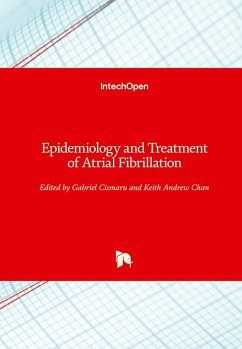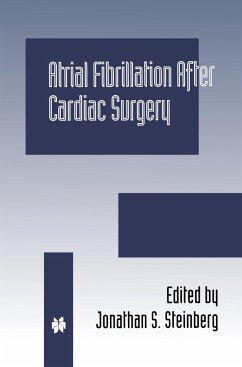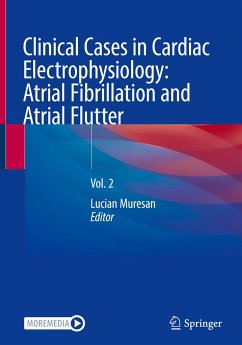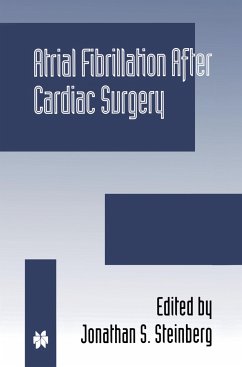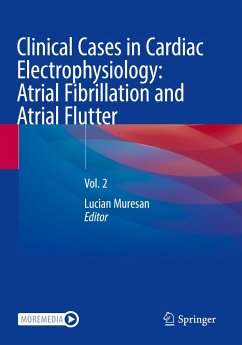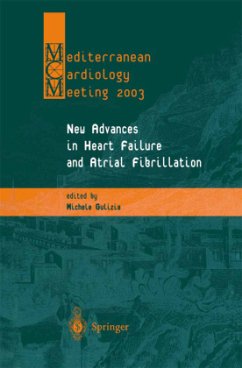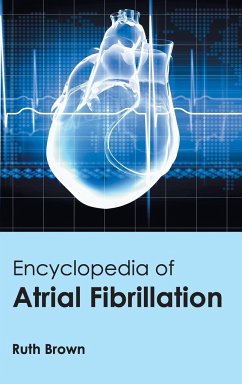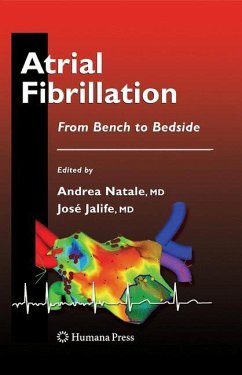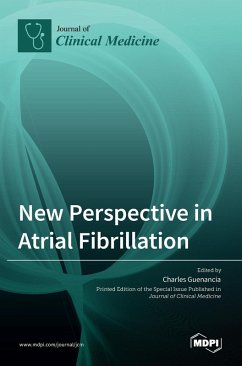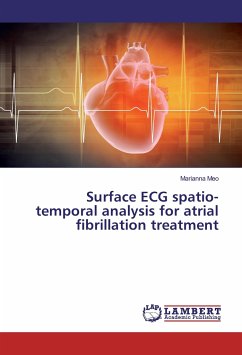
Surface ECG spatio-temporal analysis for atrial fibrillation treatment
Versandkostenfrei!
Versandfertig in 6-10 Tagen
30,99 €
inkl. MwSt.

PAYBACK Punkte
15 °P sammeln!
Atrial fibrillation (AF) is the most common cardiac arrhythmia in clinical practice, and one of the main causes of ictus and strokes. Despite the advances in its comprehension, its thorough characterization and the choice of the most suitable therapy are still an open issue. Radiofrequency catheter ablation (CA) is becoming one of the most popular solutions. Yet, very little is known about its impact on heart substrate, thus leading to an inaccurate selection of positive responders to therapy; hence, the need for advanced signal processing tools able to quantify such impact in an objective and...
Atrial fibrillation (AF) is the most common cardiac arrhythmia in clinical practice, and one of the main causes of ictus and strokes. Despite the advances in its comprehension, its thorough characterization and the choice of the most suitable therapy are still an open issue. Radiofrequency catheter ablation (CA) is becoming one of the most popular solutions. Yet, very little is known about its impact on heart substrate, thus leading to an inaccurate selection of positive responders to therapy; hence, the need for advanced signal processing tools able to quantify such impact in an objective and quantitative manner. Valuable information about AF can be provided by multilead electrocardiogram (ECG) recordings of heart electrical activity in a noninvasive and cost-effective manner. However, most of standard techniques are affected by several issues, such as their manual computation in only one ECG lead. This work aims at exploiting multilead ECG spatial variability through multivariate decomposition techniques, so as to extract proper predictors of AF termination by CA. This approach would help selecting a patient-tailored therapy, thus increasing CA success rate.



